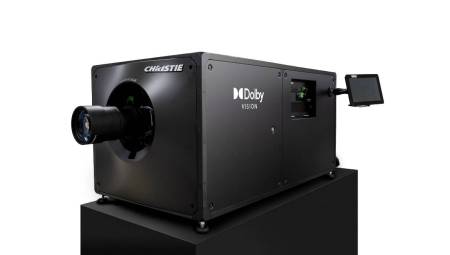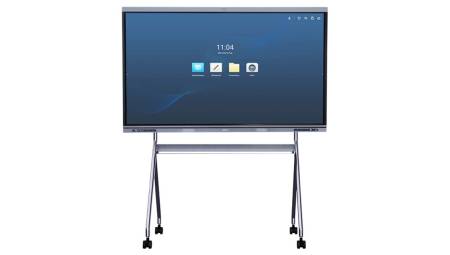International. Sennheiser, together with existing investors, is investing €7 million in the Norwegian company sensiBel. The company has developed MEMS optical microphones that, despite their miniature size, demonstrate first-class sound quality.
Miniature microphones enable a completely new and enhanced experience in application areas such as consumer electronics, automotive, conferencing solutions, and medical devices.
Constantly building the future of the audio world and creating exceptional sound experiences – that's the aspiration that drives the Sennheiser Group. Driven by this goal, the family-owned company continues to expand its strong position as a provider of professional audio solutions.
"We want to grow sustainably as a company. In addition to investments in our current business, this also includes investments in promising future fields outside of our company, provided they fit well with our company and our vision," explained Co-CEO Daniel Sennheiser.
sensiBel has developed a miniature microphone that uses optical technology that enables a generational shift in the performance of MEMS microphones, which it is now testing with leading customers. "sensiBel shares the same vision as Sennheiser and we are proud to welcome Sennheiser as an investor," says sensiBel CEO Sverre Dale Moen. He continues, "We believe that an investment from such a well-known audio company speaks to the merits of the technology and the potential of MEMS optical technology to shape the future of miniature microphones."
The distinguishing feature of sensiBel's unique technology is the use of light waves to measure the movement of the diaphragm. In contrast, conventional MEMS microphones measure an electric field between the moving diaphragm and a backplate. In the sensiBel optical system, however, a laser generates light beams that are projected onto the microphone membrane and reflected off a photodetector.
The reflected beams are captured and processed on an application-specific integrated circuit (ASIC) with a digital output data interface. Unlike the conventional method, this new technology makes it possible to measure very small movements and thus capture very low noise levels, even when there is a high level of background noise.
In addition, the MEMS optical microphone can withstand high sound pressure levels, providing a wide dynamic range to users. As a result, the microphones generate significantly better sound quality than previous MEMS solutions on the market, with a specification of 80 dBA SNR (14 dBA noise floor), 132 dB dynamic range, 24-bit digital output, and low power consumption. being just as compact.
















